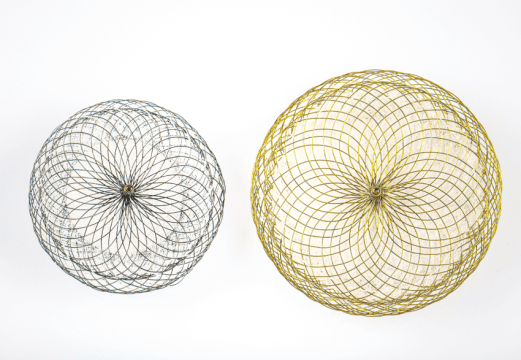Atrial fibrillation is a very frequent type of arrythmia that affects both men and women alike. This entity is associated to higher mortality seeing as it favors stroke and hospitalization for cardiac failure.

At present, one of its valid treatment strategies is left atrial appendage closure, to reduce or prevent stroke and anticoagulation driven bleeding.
Sex differences in its outcomes and evolution have not yet been looked at.
This was a meta-analysis of 6 studies including 64,035 patients. 26,120 were women (40.8%) and 37,915 were men.
Compared against men, women had more paroxysmal atrial fibrillation (57.7% vs. 48.2%, p < 0.001) and less diabetes (33.5% vs. 38.7%, p < 0.001), coronary artery disease (35.0% vs. 55.6%, p < 0.001), cardiac failure (33.1% vs. 37.8%, p < 0.001) and kidney failure (13.3% vs. 16.9%, p < 0.001).
The Watchman was used in 4 of the 6 studies, the Amplatzer in one another, and the remaining study used Watchman, Amplatzer, Lariat, Lambre, and Occlutech.
Read also: Drug Coated Balloons in Femoropopliteal Territory: Predictors of Failed Patency.
There were no differences in procedural success (odds ratio [OR]: 0.98, 95% confidence interval [CI]: 0.89–1.09, p = 0.77), but women presented 78% more pericardial complications (OR: 1.78, 95% CI: 1.58–2.01, p < 0.00001), twice as high bleeding rate (OR: 2.04, 95% CI:1.75–2.39, p < 0.00001) and 1.7 times more vascular complications OR: 1.75, 95% CI: 1.41–2.17,p < 0.00001).
At 2-year followup, there were no differences in mortality or stroke.
Conclusion
Despite having the same procedural success, women have significantly higher incidence of pericardial complications, major bleeding and vascular complications with left atrial appendage closure. Long term followup showed no difference in mortality or stroke between men and women.

Dr. Carlos Fava.
Member of the Editorial Board of SOLACI.org.
Original Title: Sex differences on outcomes following left atrial appendage occlusion in atrial fibrillation: A systematic review and meta‐analysis
Reference: Yuansong Zhu, et al. Catheter Cardiovasc Interv. 2022;100:612–619.
Subscribe to our weekly newsletter
Get the latest scientific articles on interventional cardiology





